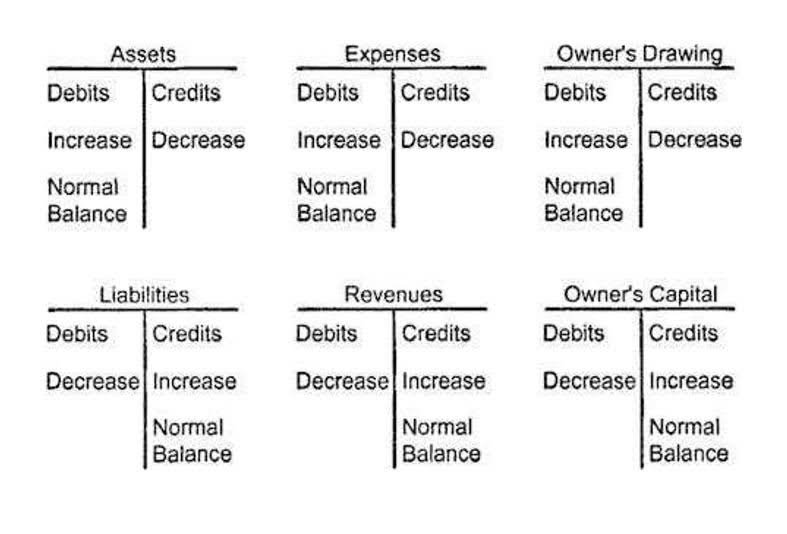
The actual share count figures—if determined using the Treasury Stock Method (TSM)—will be different, but the point intended to be illustrated here remains. The two metrics—equity value and enterprise value—are the two most common methods to measure the valuation of a company. In order to assess how large the gap is between the market value and book value of a company’s equity, analysts will often use the Price-to-Book (P/B) ratio.
What Is Return on Equity (ROE)?
If the value of all assets exceeds the value of all liabilities, the equity is positive and indicates a thriving business. Coca-Cola (KO), PepsiCo’s main https://www.bookstime.com/ competitor, also appears to have weathered the storm. As a result, the company’s shareholder equity is expected to be around $23 billion in 2021.
Positive vs. Negative Shareholders’ Equity
For the full fiscal year 2020, it reported approximately $19.3 billion in stockholder equity. Look at real-world examples, specifically the world’s two largest soft drink companies. Despite the economic challenges caused by the COVID-19 pandemic, PepsiCo (PEP) reported an increase in shareholder equity between the fiscal years 2020 and 2021.
Comparing Return on Equity (ROE)
The company can influence equity (in small amounts) by adjusting the dividends paid for the year. Total liabilities are the sum of all balance-sheet liabilities, both current and fixed (long-term). Accounts payable, taxes payable, bonds payable, leases, and pension obligations are all included.
- Equity, as we have seen, has various meanings but usually represents ownership in an asset or a company, such as stockholders owning equity in a company.
- These ratios are not encompassing a company’s health and capital structure, though.
- You may hear of equity in accounting being referred to as stockholders’ equity (for a corporation) or owner’s equity (for sole proprietorships and partnerships).
- A high EM value indicates a company is using a more significant portion of the debt to finance its assets.
- Perhaps the most common type of equity is “shareholders’ equity,” which is calculated by taking a company’s total assets and subtracting its total liabilities.
- The reason P/E ratio is more meaningful than enterprise value multiples is that banks and financial institutions use debt differently than other companies and interest is a major component of a bank’s revenue.
Remember, equity is just the total asset value of the company minus its liabilities. You can calculate shareholder equity using the information found on any corporate balance sheet. Many investors look at companies with negative shareholder equity as risky investments.
- The total equity of a business is derived by subtracting its liabilities from its assets.
- Another way to look at company profitability is by using the return on average equity (ROAE).
- Retained earnings are the sum of the company’s cumulative earnings after paying dividends, and it appears in the shareholders’ equity section in the balance sheet.
- The “Treasury Stock” line item refers to shares previously issued by the company that were later repurchased in the open market or directly from shareholders.
- If shareholders’ equity is positive, that indicates the company has enough assets to cover its liabilities.
- Unlike shareholder equity, private equity is not accessible to the average individual.

Unlike public corporations, private companies do not need to report financials nor disclose financial statements. Nevertheless, the owners and private shareholders in such a company can still compute the firm’s equity position using the same formula and method as with a public one. An equity multiplier is a financial leverage ratio that measures the portion of assets financed by shareholders within a company. It can be found from the total value of a company’s equity divided by the total value of shareholders’ equity. Because your total assets should equal your total liabilities plus equity, a balance sheet is sometimes laid out in two columns, with assets on the right and liabilities and equity on the left.
- The formula to calculate shareholders equity is equal to the difference between total assets and total liabilities.
- This equation uses EM in conjunction with other values to determine the Return on Equity (ROE).
- In a situation when the ROE is negative because of negative shareholder equity, the higher the negative ROE, the better.
- Shareholders’ equity is the residual claims on the company’s assets belonging to the company’s owners once all liabilities have been paid down.
- Equity financing can give aspiring business owners the capital needed to realize their dreams.
The reason enterprise value is used before any interest or debt has been deducted is because that cash flow is available to both debt and equity shareholders. In our modeling exercise, we’ll forecast the shareholders’ equity balance what is the formula for determining equity? of a hypothetical company for fiscal years 2021 and 2022. After the repurchase of the shares, ownership of the company’s equity returns to the issuer, which reduces the total outstanding share count (and net dilution).

Instead, the investor is entitled to a percentage of the company’s profits. When calculating equity in accounting, the company’s assets are offset by its liabilities. The dilutive effect of these securities can be calculated using the treasury stock method. To calculate the diluted shares outstanding, add the additional number of shares created due to the dilutive effect of securities on the basic securities outstanding. To calculate equity value from enterprise value, subtract debt and debt equivalents, non-controlling interest and preferred stock, and add cash and cash equivalents. Now that we’ve gone over the most frequent line items in the shareholders’ equity section on a balance sheet, we’ll create an example forecast model.

That said, the EM ratio is still capable of providing a quick look into a company’s asset financing structure. Being a much faster and easy formula, it tends to be a ratio computed first before further analysis can be conducted. Therefore, if the financial leverage ratio is smaller or larger, there will be an immediate effect on the Return on Equity value for smaller or larger. But a company’s market value can be higher than its book value if its assets are worth more than their book value. Book value and market value are terms that investment bankers and financial analysts use to evaluate companies.

No comment